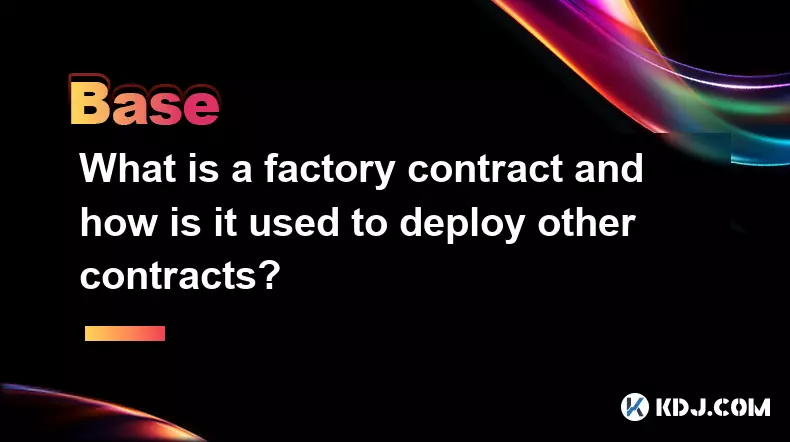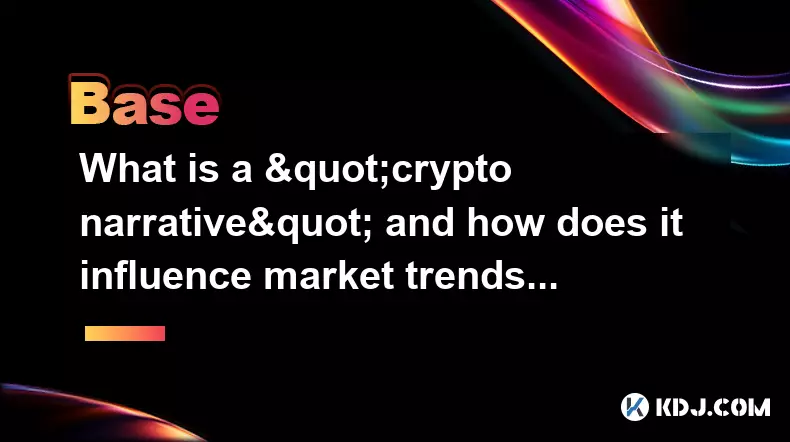-
 bitcoin
bitcoin $102877.190955 USD
1.88% -
 ethereum
ethereum $3430.435064 USD
4.52% -
 tether
tether $0.999264 USD
-0.05% -
 xrp
xrp $2.307310 USD
4.49% -
 bnb
bnb $987.740692 USD
3.82% -
 solana
solana $161.947760 USD
3.97% -
 usd-coin
usd-coin $0.999712 USD
-0.05% -
 tron
tron $0.292810 USD
2.93% -
 dogecoin
dogecoin $0.179738 USD
10.70% -
 cardano
cardano $0.580716 USD
8.75% -
 hyperliquid
hyperliquid $42.463448 USD
8.40% -
 chainlink
chainlink $15.763437 USD
7.05% -
 zcash
zcash $649.595636 USD
17.21% -
 bitcoin-cash
bitcoin-cash $511.610261 USD
7.19% -
 stellar
stellar $0.292537 USD
7.91%
How does a blockchain achieve consensus and why are there different methods?
Blockchain consensus mechanisms enable trustless agreement on transaction validity, balancing security, decentralization, and efficiency across diverse network needs.
Nov 07, 2025 at 09:39 pm

Understanding Blockchain Consensus Mechanisms
1. A blockchain achieves consensus by enabling distributed network participants to agree on the validity of transactions without relying on a central authority. This process ensures that all nodes in the network maintain an identical copy of the ledger. The core challenge lies in preventing double-spending and maintaining data integrity across decentralized systems.
2. Each node validates new blocks according to predefined rules. When a block is proposed, other nodes verify its contents, including transaction signatures and adherence to protocol constraints. Only after passing these checks is the block added to the chain, ensuring trustless agreement among peers.
3. Consensus mechanisms are essential for preserving security and immutability in environments where participants may not trust one another. They prevent malicious actors from altering historical records or injecting fraudulent transactions into the system.
4. Different blockchains adopt distinct approaches based on their design goals, such as scalability, energy efficiency, or resistance to centralization. These trade-offs shape the choice of consensus algorithm and influence how quickly and securely transactions are confirmed.
Types of Consensus Algorithms in Use Today
1. Proof of Work (PoW) requires miners to solve complex cryptographic puzzles to validate transactions and create new blocks. This method underpins Bitcoin and emphasizes security through computational effort, making attacks prohibitively expensive.
2. Proof of Stake (PoS) selects validators based on the amount of cryptocurrency they hold and are willing to 'stake' as collateral. Ethereum transitioned to this model to reduce energy consumption while maintaining network integrity.
3. Delegated Proof of Stake (DPoS) allows token holders to vote for a small group of delegates who produce blocks on their behalf. This approach increases transaction speed but introduces a degree of centralization compared to fully decentralized models.
4. Practical Byzantine Fault Tolerance (PBFT) relies on a voting mechanism among known participants to reach agreement, commonly used in permissioned blockchains where identity verification is required before joining the network.
5. Each consensus model balances decentralization, security, and performance differently, reflecting the priorities of the blockchain's intended use case. No single method universally outperforms others across all metrics.
Why Variations in Consensus Design Exist
1. Energy consumption concerns have driven innovation beyond PoW, which demands vast amounts of electricity. Alternatives like PoS aim to achieve similar security with significantly lower environmental impact.
2. Network size and governance structure influence consensus selection. Public, open networks often favor permissionless models, whereas enterprise solutions may opt for faster, more controlled protocols like PBFT.
3. Attack vectors differ between systems. PoW is vulnerable to 51% attacks if mining power concentrates, while PoS must guard against long-range attacks where attackers rewrite history using old private keys.
4. Scalability requirements push developers toward hybrid or novel mechanisms that can process thousands of transactions per second without sacrificing reliability. Layer-2 solutions and sharding are often paired with base-layer consensus to enhance throughput.
Frequently Asked Questions
What prevents a malicious node from altering a past block?Once a block is buried under subsequent blocks, changing it would require redoing the proof-of-work or re-staking across all following blocks—an effort so costly that it becomes practically impossible. The cumulative work or stake secures historical data.
How do nodes detect invalid transactions during consensus?Every node runs independent validation checks based on protocol rules. Transactions with incorrect digital signatures, insufficient funds, or malformed data are rejected immediately and excluded from candidate blocks.
Can a blockchain switch its consensus mechanism after launch?Yes, several blockchains have undergone hard forks to change their consensus rules. Ethereum’s shift from PoW to PoS is a prominent example, requiring coordinated upgrades across clients and infrastructure.
Is there a consensus method that works best for all applications?No consensus algorithm fits every scenario. High-security public ledgers prioritize attack resistance, while private enterprise chains may value speed and finality over complete decentralization.
Disclaimer:info@kdj.com
The information provided is not trading advice. kdj.com does not assume any responsibility for any investments made based on the information provided in this article. Cryptocurrencies are highly volatile and it is highly recommended that you invest with caution after thorough research!
If you believe that the content used on this website infringes your copyright, please contact us immediately (info@kdj.com) and we will delete it promptly.
- BlockDAG, Avalanche, Dogecoin: Crypto's Leading Trio in 2025
- 2025-11-07 22:05:01
- Layer 2 Coins: Will There Be a Potential Explosion by 2026?
- 2025-11-07 16:50:02
- Filecoin, ICP, and the AI Infrastructure Renaissance: Is History Repeating?
- 2025-11-07 16:50:02
- Bitcoin's Wild Ride: Surges, Zeros, and the Search for Stability
- 2025-11-07 17:05:01
- XRP, Bitcoin, and the Rally: What's the Deal, New York?
- 2025-11-07 17:25:01
- Filecoin, DePIN, and a Technical Breakout: What's the Buzz?
- 2025-11-07 17:05:01
Related knowledge

How does a crypto insurance protocol work?
Nov 08,2025 at 12:39am
Understanding Crypto Insurance Protocols1. A crypto insurance protocol operates by offering financial protection against losses incurred from digital ...

What is a decentralized storage network and how does it compare to cloud services?
Nov 07,2025 at 11:59pm
Understanding Decentralized Storage Networks1. A decentralized storage network distributes data across a peer-to-peer infrastructure rather than relyi...

What is a factory contract and how is it used to deploy other contracts?
Nov 08,2025 at 04:20am
Understanding Factory Contracts in Blockchain Development1. A factory contract is a smart contract designed to create and deploy other smart contracts...

What is a "crypto narrative" and how does it influence market trends?
Nov 08,2025 at 07:00am
Understanding the Concept of a Crypto Narrative1. A crypto narrative refers to the collective belief or story that emerges within the cryptocurrency c...

What is an address poisoning scam and how can you prevent it?
Nov 08,2025 at 02:20am
Understanding Address Poisoning Scams in the Crypto Space1. An address poisoning scam is a deceptive tactic used by malicious actors within the crypto...

What is the difference between a rollup and a validium for scaling?
Nov 08,2025 at 06:40am
Understanding Rollups in Blockchain Scaling1. Rollups are layer-2 scaling solutions that process transactions off the main blockchain while posting tr...

How does a crypto insurance protocol work?
Nov 08,2025 at 12:39am
Understanding Crypto Insurance Protocols1. A crypto insurance protocol operates by offering financial protection against losses incurred from digital ...

What is a decentralized storage network and how does it compare to cloud services?
Nov 07,2025 at 11:59pm
Understanding Decentralized Storage Networks1. A decentralized storage network distributes data across a peer-to-peer infrastructure rather than relyi...

What is a factory contract and how is it used to deploy other contracts?
Nov 08,2025 at 04:20am
Understanding Factory Contracts in Blockchain Development1. A factory contract is a smart contract designed to create and deploy other smart contracts...

What is a "crypto narrative" and how does it influence market trends?
Nov 08,2025 at 07:00am
Understanding the Concept of a Crypto Narrative1. A crypto narrative refers to the collective belief or story that emerges within the cryptocurrency c...

What is an address poisoning scam and how can you prevent it?
Nov 08,2025 at 02:20am
Understanding Address Poisoning Scams in the Crypto Space1. An address poisoning scam is a deceptive tactic used by malicious actors within the crypto...

What is the difference between a rollup and a validium for scaling?
Nov 08,2025 at 06:40am
Understanding Rollups in Blockchain Scaling1. Rollups are layer-2 scaling solutions that process transactions off the main blockchain while posting tr...
See all articles





















![The Graph Price Prediction [GRT Crypto Price News Today] The Graph Price Prediction [GRT Crypto Price News Today]](/uploads/2025/11/07/cryptocurrencies-news/videos/690d4df44fe69_image_500_375.webp)



















































